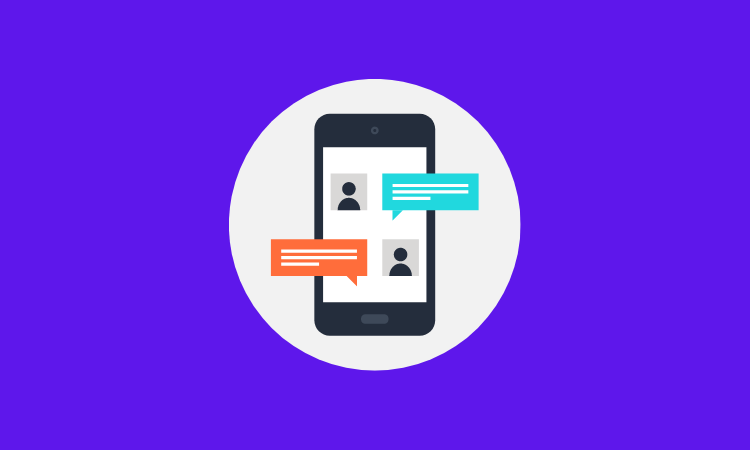Member Exclusive, Podcasts
‘No one ever said, I can’t wait to go banking today’: Bank of America’s Hari Gopalkrishnan
- As needs changed during the pandemic, Bank of America customers turned to Erica, its virtual financial assistant, to get help.
- Bank of America customers are also using more P2P payments, too -- Zelle usage at the bank is up 73%.








